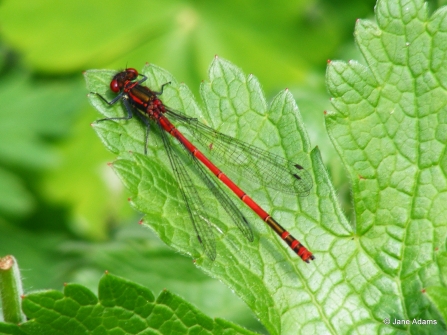Keep an eye out for fledglings
As spring trundles on, now is the time of year when you might see young birds that have just left their nests. These scruffy fledglings are only just starting to feed themselves and still can’t fly very well, so are at their most vulnerable. You can sometimes spot them being fed by their parents, but most of the time they will be hiding away from predators in bushes and trees gradually learning how to fend for themselves.

